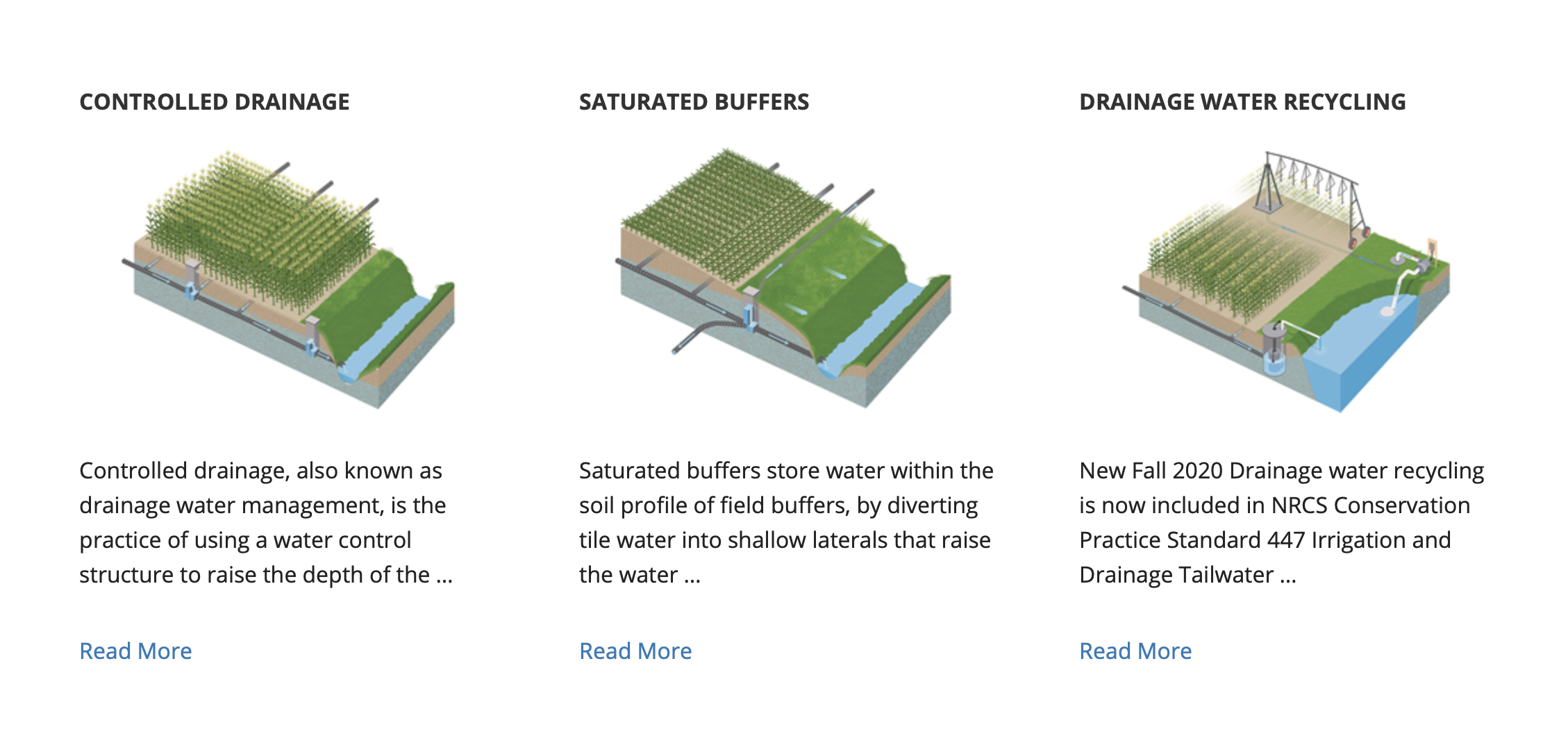
Features
Drainage Management Systems
Watch: How to approach a drainage water recycling strategy
November 26, 2020 By Bree Rody

In a 10-minute video, Jane Frankenberger, professor of agricultural and biological engineering at Purdue University, outlines a recent research project developed to allow more efficient water management while also reducing nutrient runoff into nearby waterbodies.
Background
The benefits of a drainage water recycling system are relatively well-known. The act of saving excess water during wet seasons for later use during dry periods can help save on costs of water for irrigation, while also keeping nutrients from going downstream, preserving water quality. This is especially relevant for the challenges faced in the Midwest, which experience both the issues of too much and too little water, sometimes in the same year. And with dryer conditions expected in the future, it is predicted that farmers will need to rely more on irrigation.
Study
The study took place over more than 10 years, with data observed as far back as 2006. All observation was done at the Purdue Agricultural Center. The main mandate of the study was to determine how large the reservoir needs to be. Size needs can differ based on goal – which can vary from irritation needs to nutrient loss reduction.
The team’s work would eventually help to create a model that would estimate the size of a reservoir needed for various different settings and goals. Throughout the course of the study, both the irrigation demand and the reservoir levels were studied over the length of the year.
Size matters
While there was no exact determination of how large a reservoir needs to be, Frankenberger says their research leads them to generally recommend that reservoirs be “quite large” to be effective – 2 to 10 percent of field size. In the Indiana study, a size of 6 percent achieved most of the project’s goals.
Large reservoirs will also mean large costs, which Frankenberger acknowledges can be difficult to make up at first. While it might result in some increased revenue from crop yield, it is also expected that the greater water health benefit will result in public contributions to cover the cost.
Tools for you
The study also saw the development of an online tool, dubbed Evaluating Drainage Water Decisions (EDWRD). EDWRD can determine how large a reservoir is needed on a specific site depending on its specs and needs, such as drain flow, weather time sheets or other modeled data. It’s available at https://transformingdrainage.org/EDWRD.
Print this page